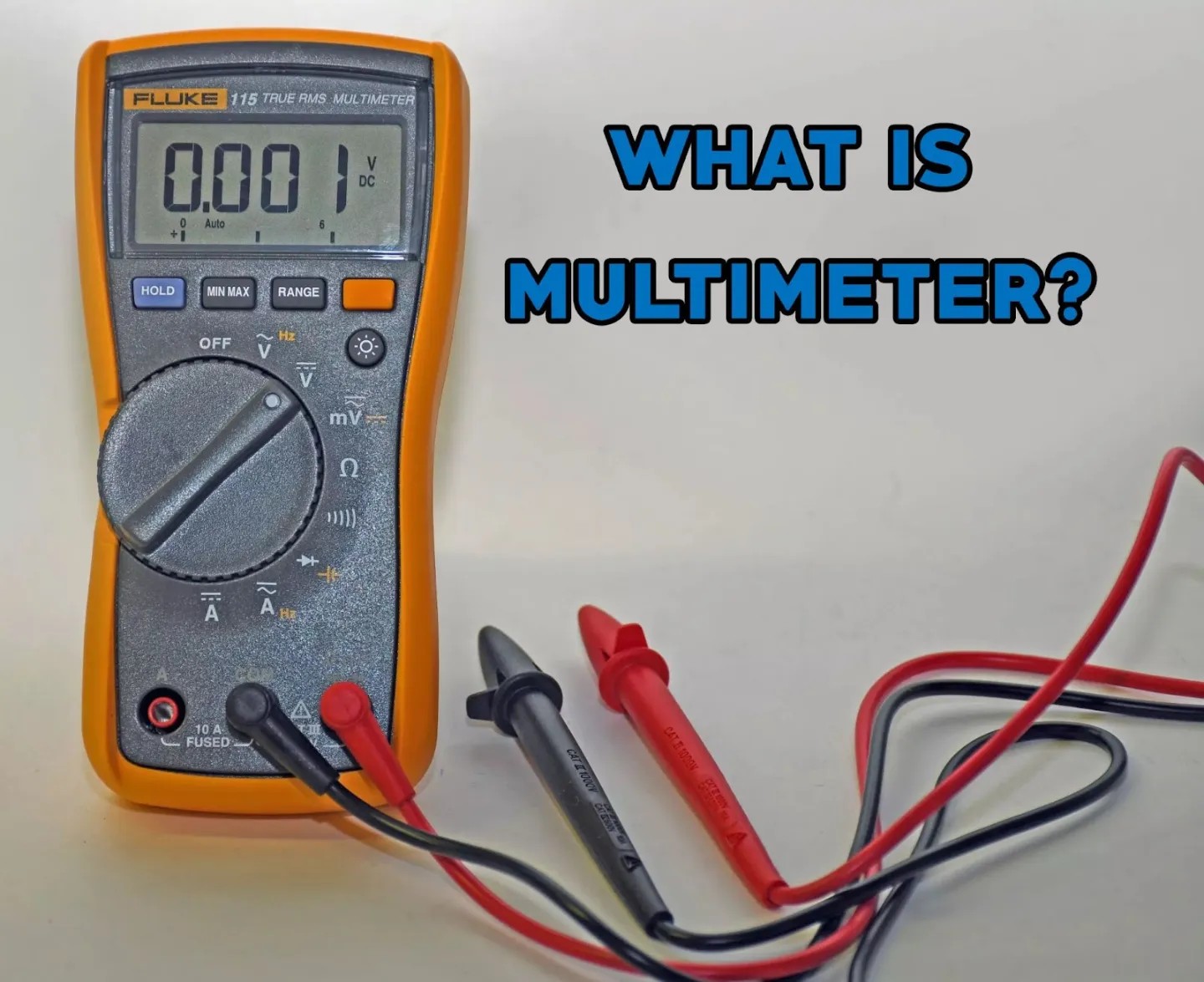Is your car acting up? A faulty Engine Control Unit (ECU) might be the culprit. This guide will show you How To Check An Ecu with a multimeter, a crucial tool for any DIY mechanic. Understanding how to use a multimeter to test your ECU can save you time and money on potentially unnecessary repairs.
What is an ECU and Why Test It?
The ECU is your car’s brain, managing everything from fuel injection to ignition timing. A malfunctioning ECU can lead to a range of problems, from poor performance to a complete engine failure. Testing the ECU with a multimeter allows you to check for power, ground, and signal issues, helping you pinpoint the source of the problem.
Understanding the Multimeter
A multimeter measures voltage, current, and resistance. For ECU testing, we’ll primarily focus on voltage and resistance measurements. Before you begin, ensure your multimeter is functioning correctly and you understand how to select the appropriate settings.
Step-by-Step ECU Check
- Safety First: Disconnect the negative battery terminal before starting any electrical work.
- Locate the ECU: Consult your car’s manual to find the ECU’s location, usually in the engine compartment or under the dashboard.
- Identify Power and Ground: Use your car’s wiring diagram to identify the ECU’s power and ground wires.
- Check Power Supply:
- Set your multimeter to DC voltage.
- Connect the red probe to the positive power supply wire and the black probe to a known good ground.
- With the ignition on, you should see a reading of around 12 volts. A significantly lower reading indicates a power supply issue.
- Check Ground Connection:
- Set your multimeter to continuity mode.
- Connect one probe to the ECU’s ground wire and the other to a known good ground.
- You should hear a continuous tone, indicating a good ground connection. No tone suggests a grounding problem.
- Check Sensor Signals (Advanced): This requires more in-depth knowledge of your car’s wiring diagram and sensor specifications. Consult a repair manual for specific voltage and resistance values for different sensors. Using the multimeter, you can test the voltage or resistance at the ECU connector for each sensor.
Interpreting the Results
- No Power: Check fuses, relays, and wiring for breaks or damage.
- No Ground: Clean or repair ground connections.
- Incorrect Sensor Signals: The problem might lie with the sensor itself, the wiring, or the ECU. Further diagnosis is needed.
When to Seek Professional Help
While a multimeter can help you identify basic ECU problems, complex issues may require specialized diagnostic equipment and expertise. If you’re unsure about any step or encounter confusing results, consult a qualified mechanic.
Preventing ECU Problems
- Regular Maintenance: Keep your car’s electrical system in good condition.
- Avoid Moisture: Protect the ECU from water damage.
- Proper Jump Starting: Incorrect jump starting can damage the ECU.
Conclusion
Knowing how to check an ECU with a multimeter empowers you to troubleshoot common car problems. By following this guide and taking necessary precautions, you can diagnose potential ECU issues and determine the next steps in getting your car back on the road. Remember, safety first, and don’t hesitate to seek professional help when needed.


